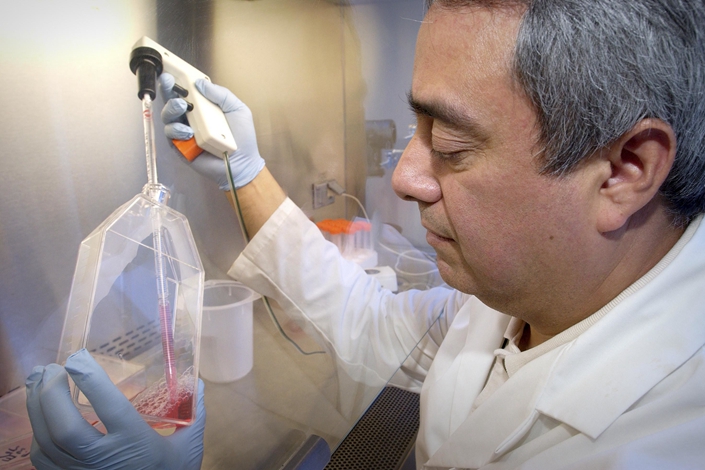Reporter’s Notebook: Why Didn’t Any Americans Die From SARS?
Listen to the full version

 |
The new coronavirus is spreading in the United States. As of Thursday, the country has reported 1,312 confirmed cases of Covid-19 infection and 38 deaths, according to Johns Hopkins University. By contrast, during the SARS crisis 17 years ago, the U.S. Centers for Disease Control and Prevention (CDC) reported 291 confirmed cases, while the World Health Organization (WHO) recorded 41 — but neither reported any deaths. Why?

Unlock exclusive discounts with a Caixin group subscription — ideal for teams and organizations.
Subscribe to both Caixin Global and The Wall Street Journal — for the price of one.
- MOST POPULAR






